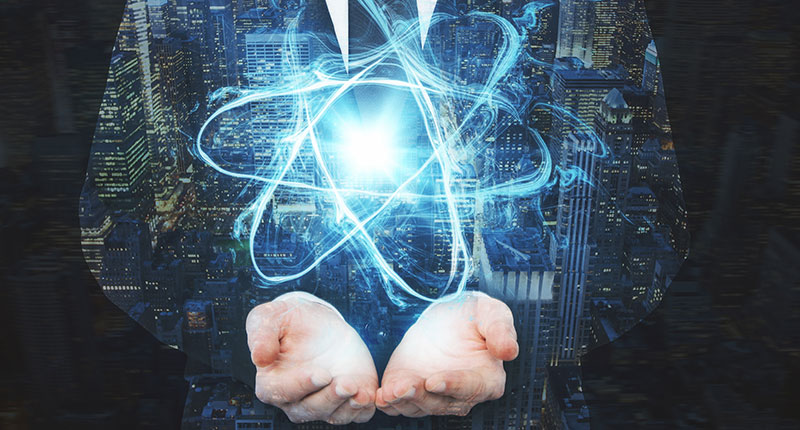What is Hardware virtualization?
This post will explore hardware components like CPU, memory, storage, and networking for hardware virtualization.
How do virtual CPUs work?
When we install a hypervisor, each physical CPU becomes a virtual CPU. This causes the processor work cycles to be divided for each of the cores; therefore, several virtual machines can access the physical cores of the processor by “time-sharing.” In more general terms, hypervisors are usually tasked with dividing workloads between virtual processors (which have divided the cores of physical processors). If workloads on a server require more processor cycles, installing fewer virtual machines on a particular virtual processor is better.
Let’s continue examining the examples to understand the virtual processor’s logic better.
If a physical server has two processors (processor one and processor two) and each has four cores. In our collection, we will have eight physical cores.
Based on some calculations, the hypervisor creates between 5 and 10 virtual processors for each physical core.
Since we have eight physical cores and will have between 5 and 10 virtual processors, we have a total of between 40 and 80 virtual processors; that is, we can assign up to 80 virtual processors to virtual machines. Assign ourselves.
How does virtual memory work?
Virtual memory is the same amount of RAM allocated to any machine. Memory resource settings for a virtual machine specify how much host memory is allocated to a virtual machine. The size of the virtual memory hardware determines how much memory is available to operate and run the virtual machines.
A virtual machine cannot have more memory than the physical hardware space, and its virtual memory space is equal to or less than the server’s physical memory. Software like ESXi Hosts limits the resources used for the maximum amount of virtual machine memory, so you can set a certain amount to allocate memory resources to virtual machines.
You can change the virtual machine memory resources and add or have more features to improve the virtual machine’s virtual memory usage performance. You should consider more settings when creating the virtual machine’s virtual memory, which can be after the installation of the guest operating system (Guest Operating System). Most hypervisors require that the virtual machines on them be turned off before changing the settings.
In the schematic image shown below, you can see the physical memory shared between the virtual machines.
How does virtual storage work?
The virtualization of the storage process uses the pooling of physical storage resources (Data Cluster) from several network storage devices. It collects them in a single set managed by a central console. We cannot allocate more than the number of physical storage resources (Data Cluster) for storage to virtual machines.
You can see these extensions at the end of the saved file. These files are part of a virtual machine, and different hypervisors use different extensions. Some of the most popular file extensions are VDI, VMDK, and HDD.
Next, we had physical storage resources (Data Cluster) with a capacity of 12 TB, which we divided between four virtual machines and provided each with a certain amount of storage space. In total, our total amount of storage will reach 12 TB.
How does virtual networking work?
We explain this with a simple example where we show how virtual networking works.
Here we have four virtual machines, all hosted on the same host. They want to exchange information. This is done using a virtual networking card, shown in the image below as a (vNIC). Its task is to work as a virtual switch (vSwitch) created by hypervisors.
This virtual switch communicates with the server’s physical network card (pNIC). This network card is also connected to a physical switch (uSwitch); after that, communication is established with the rest of the network equipment.











